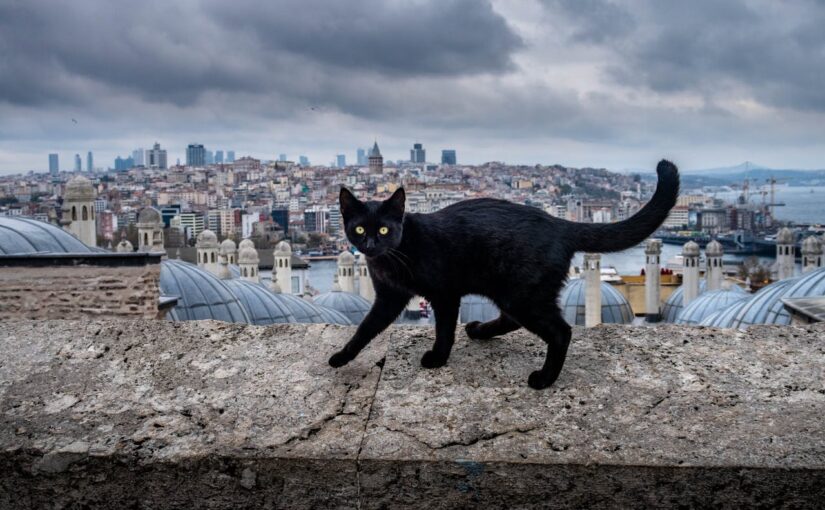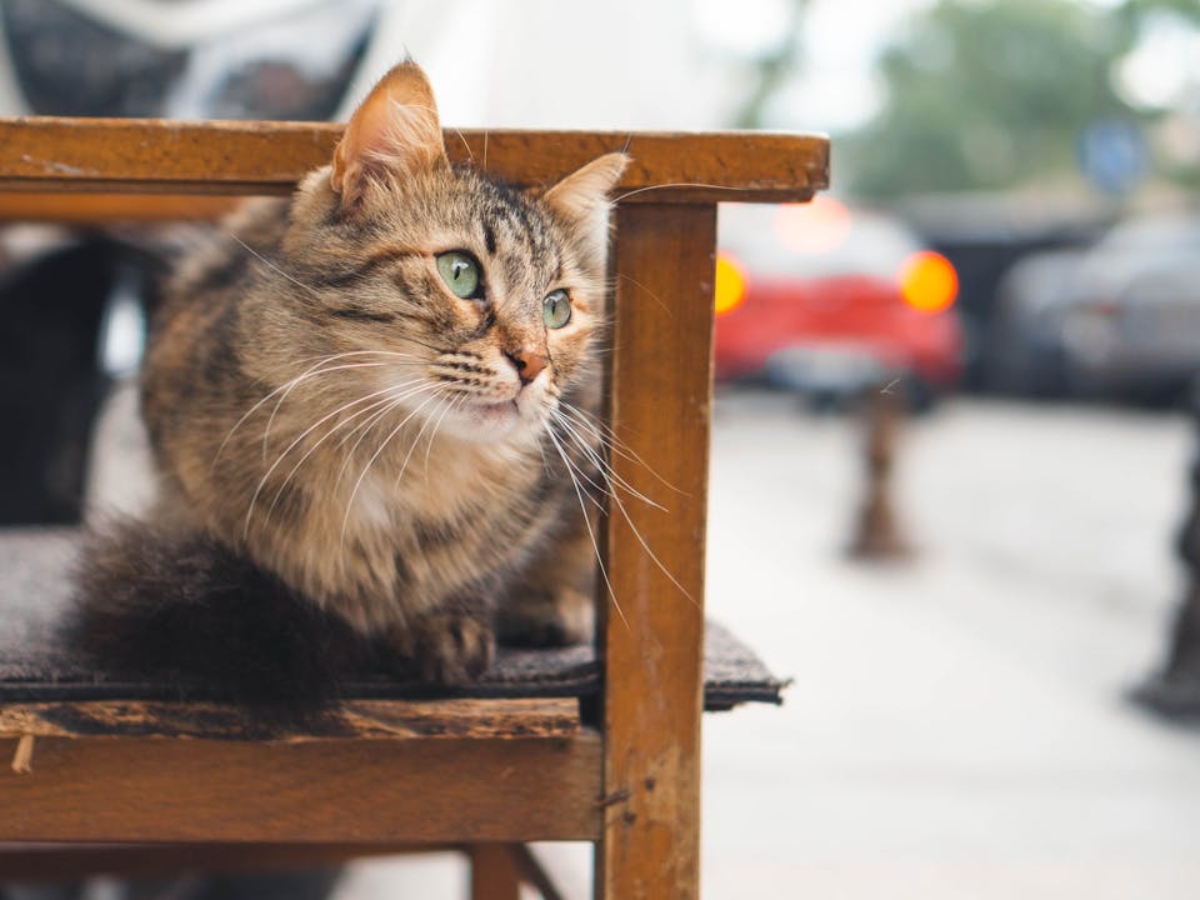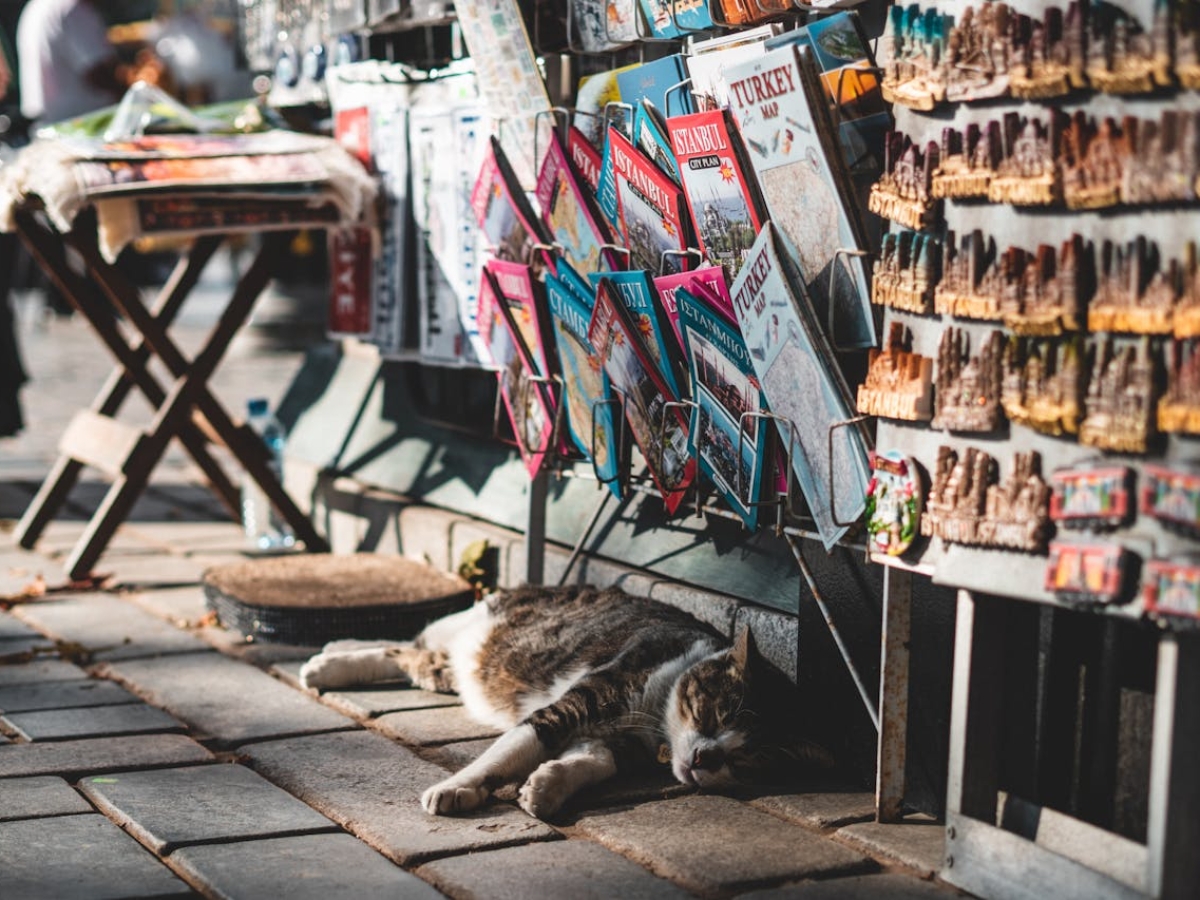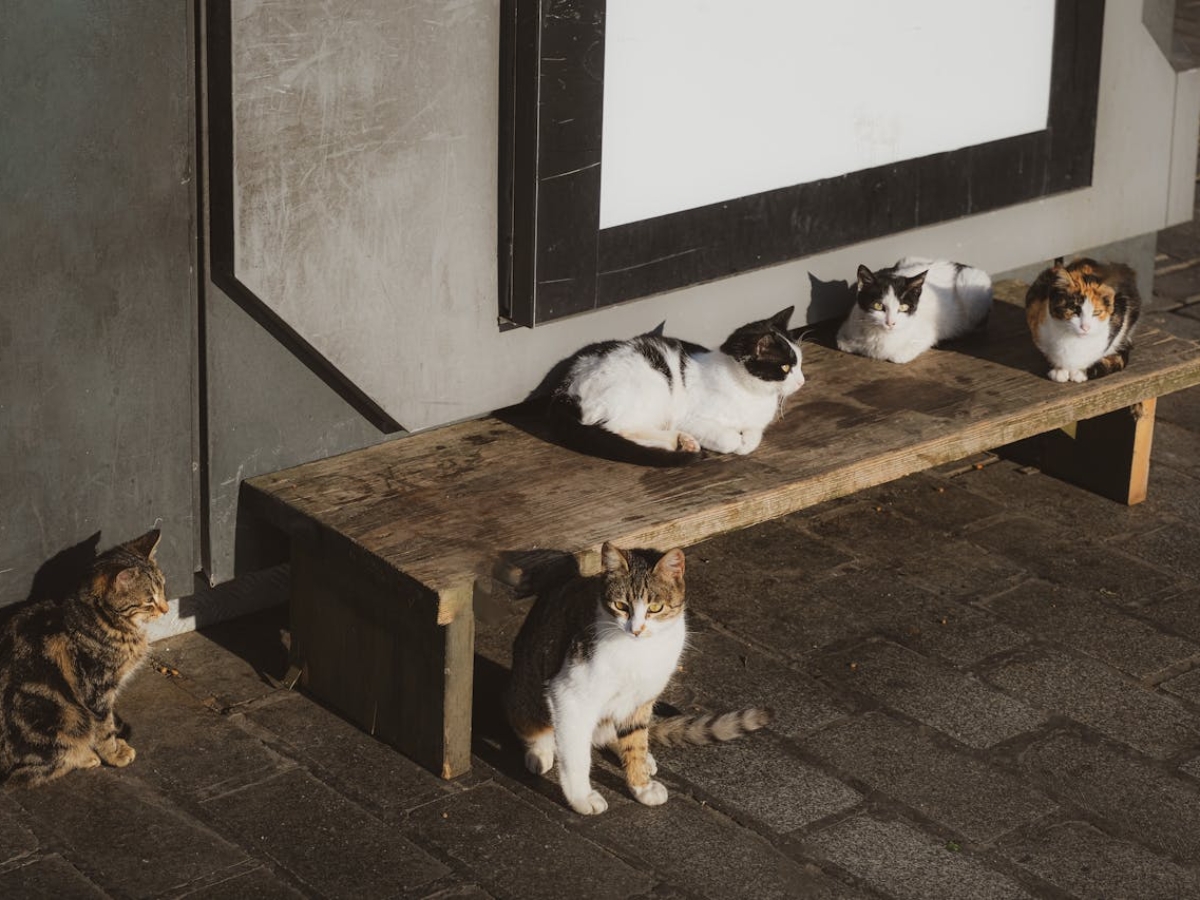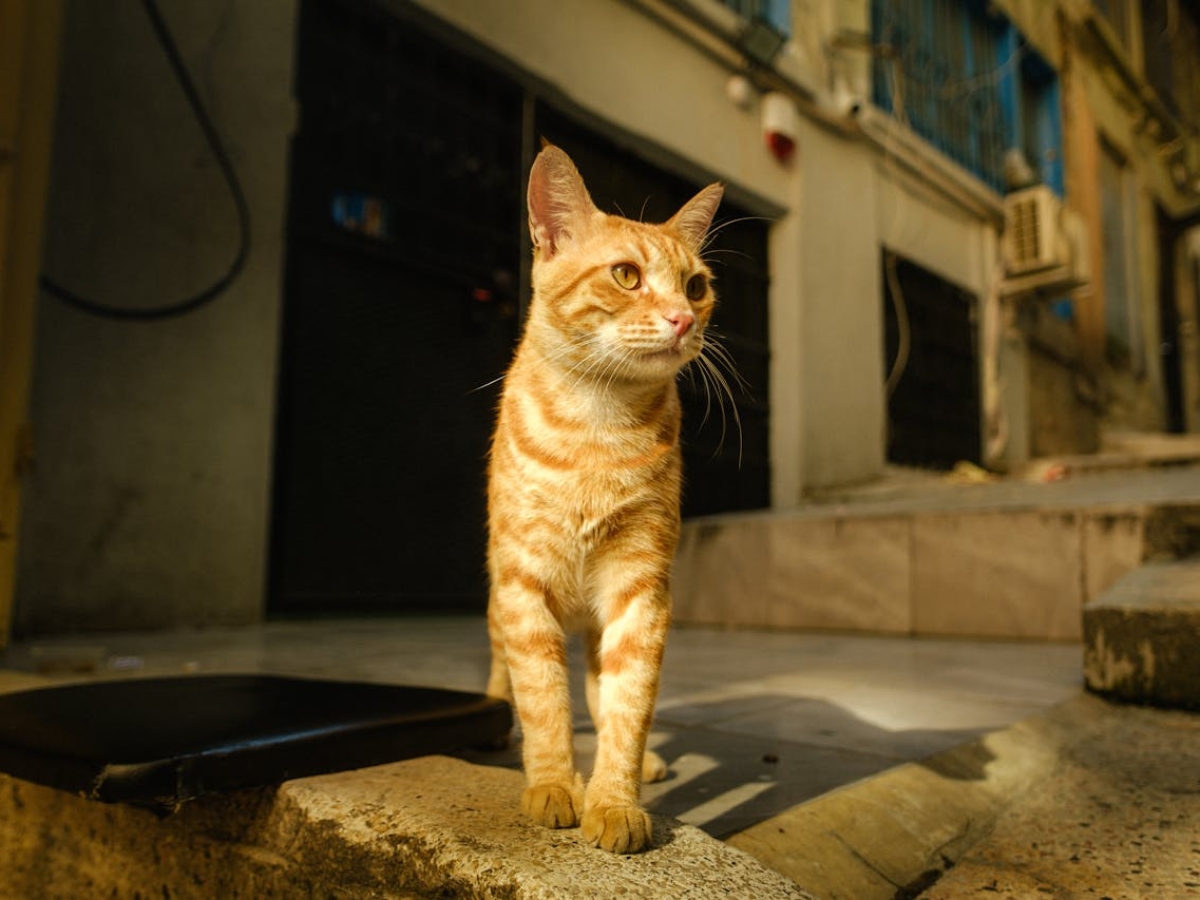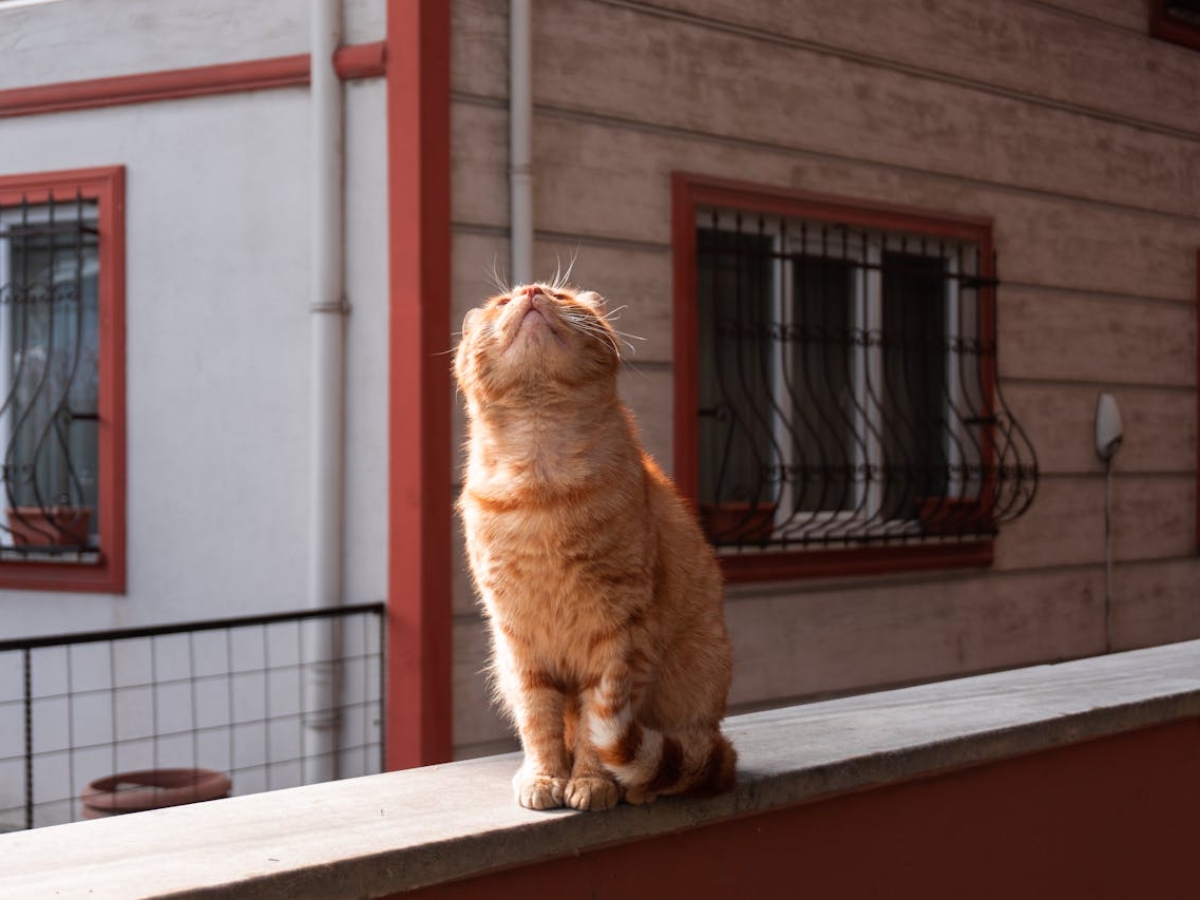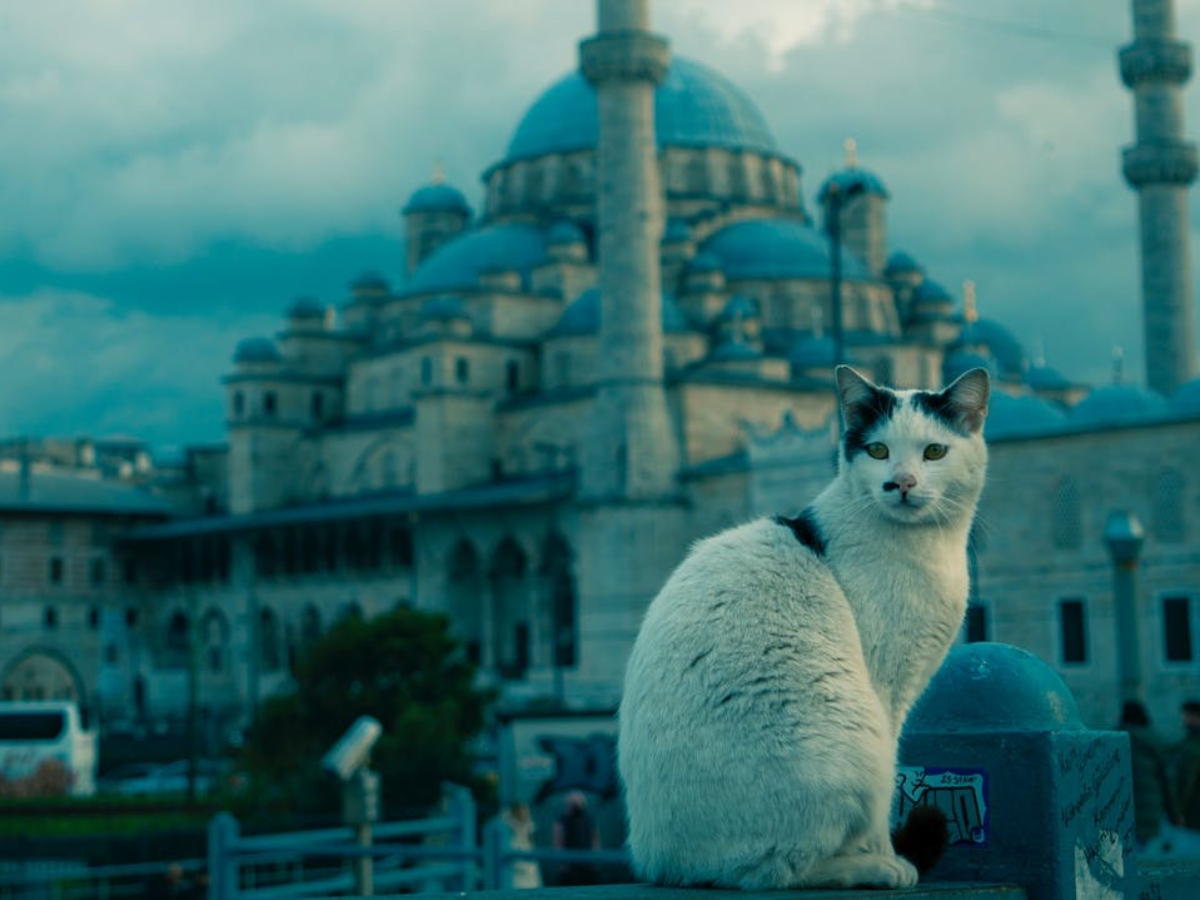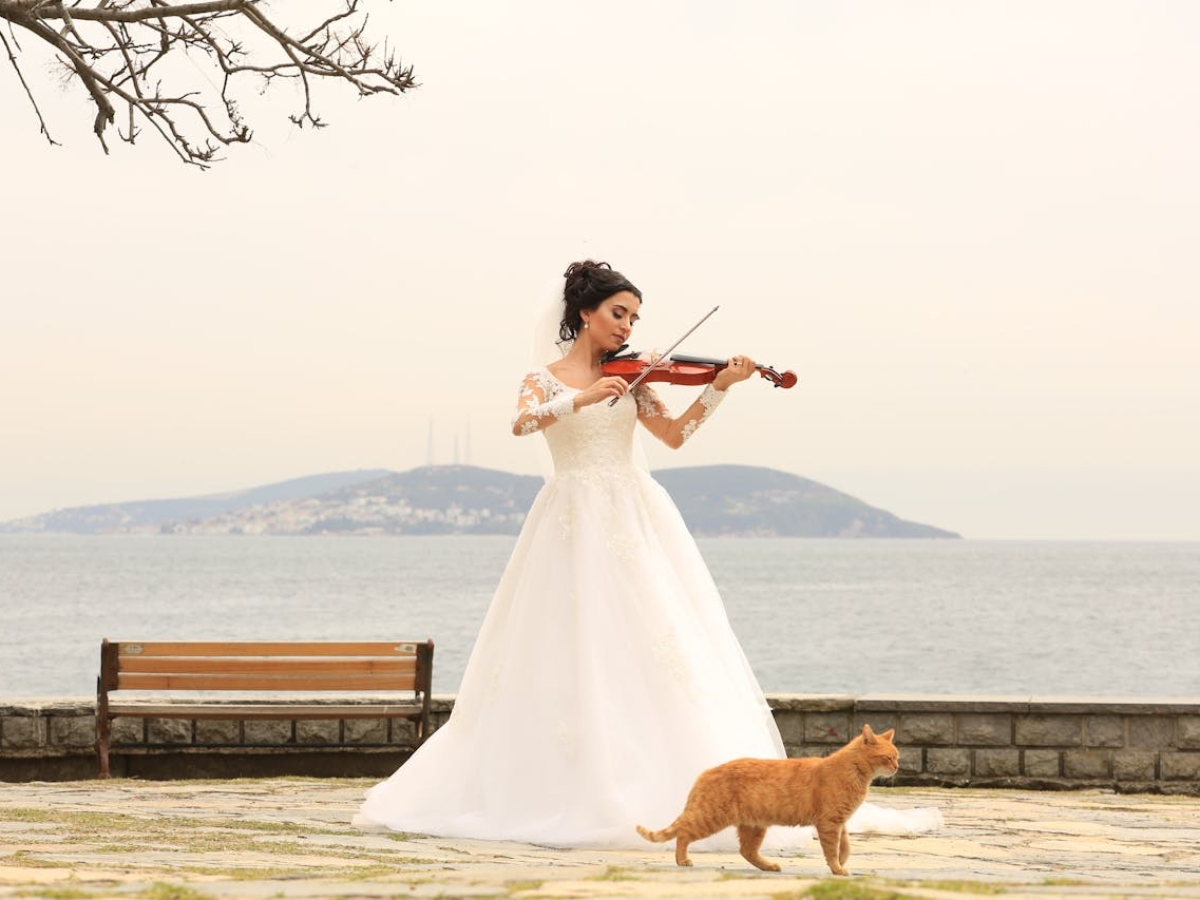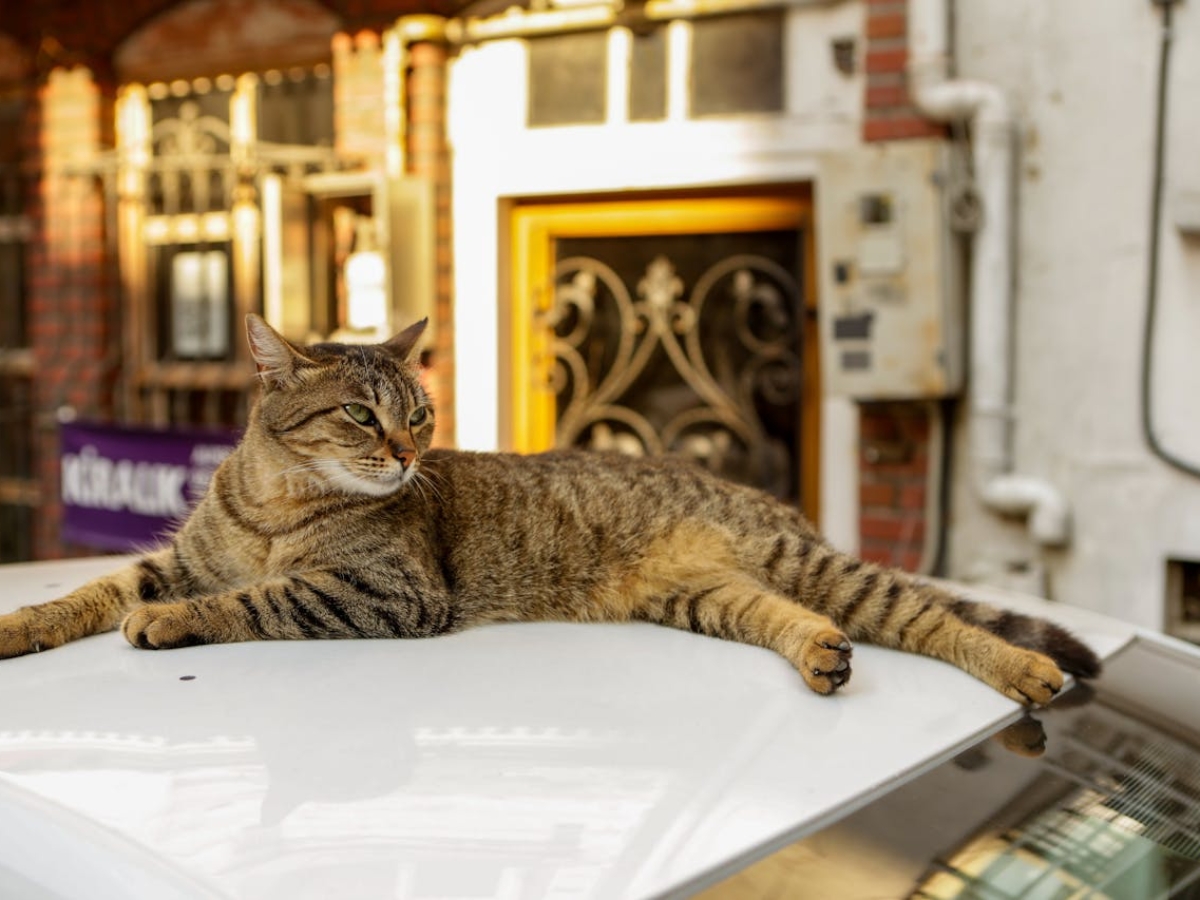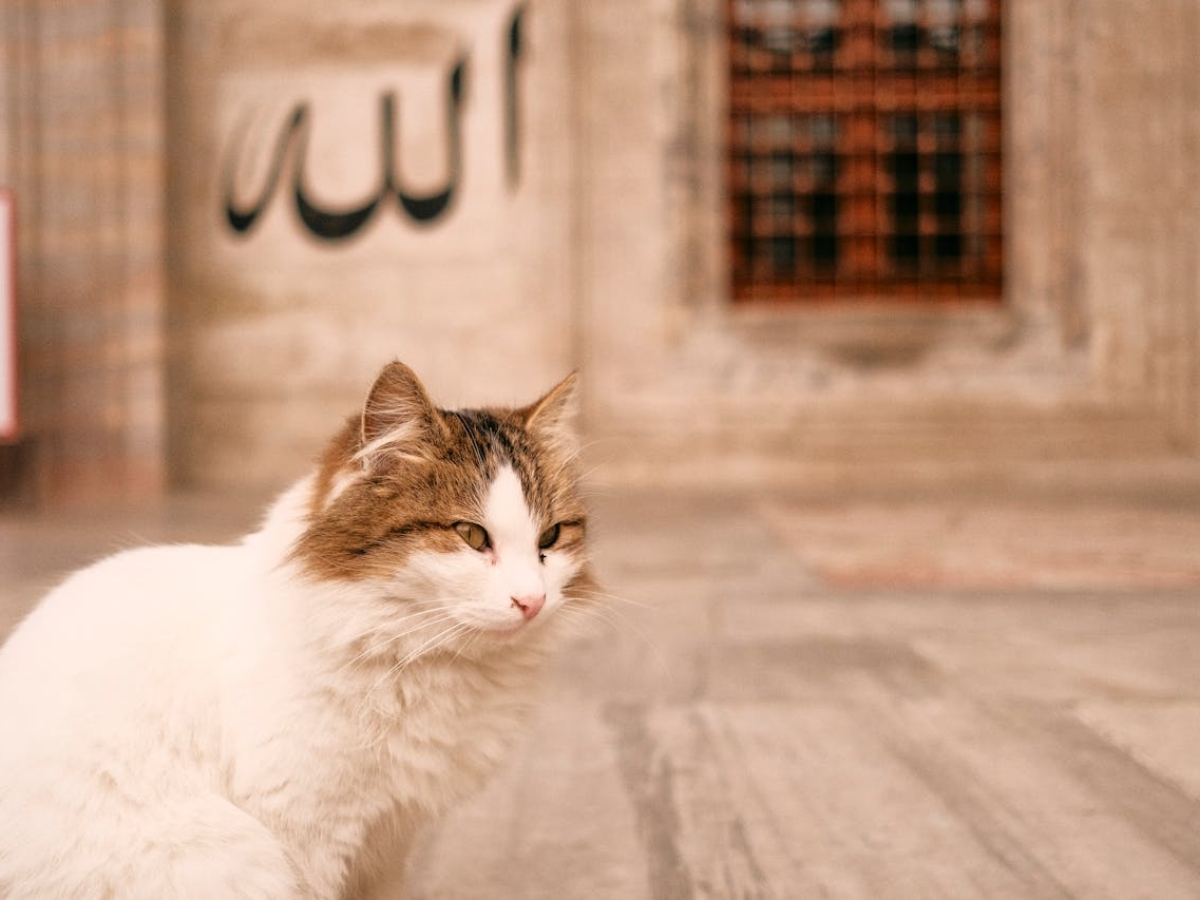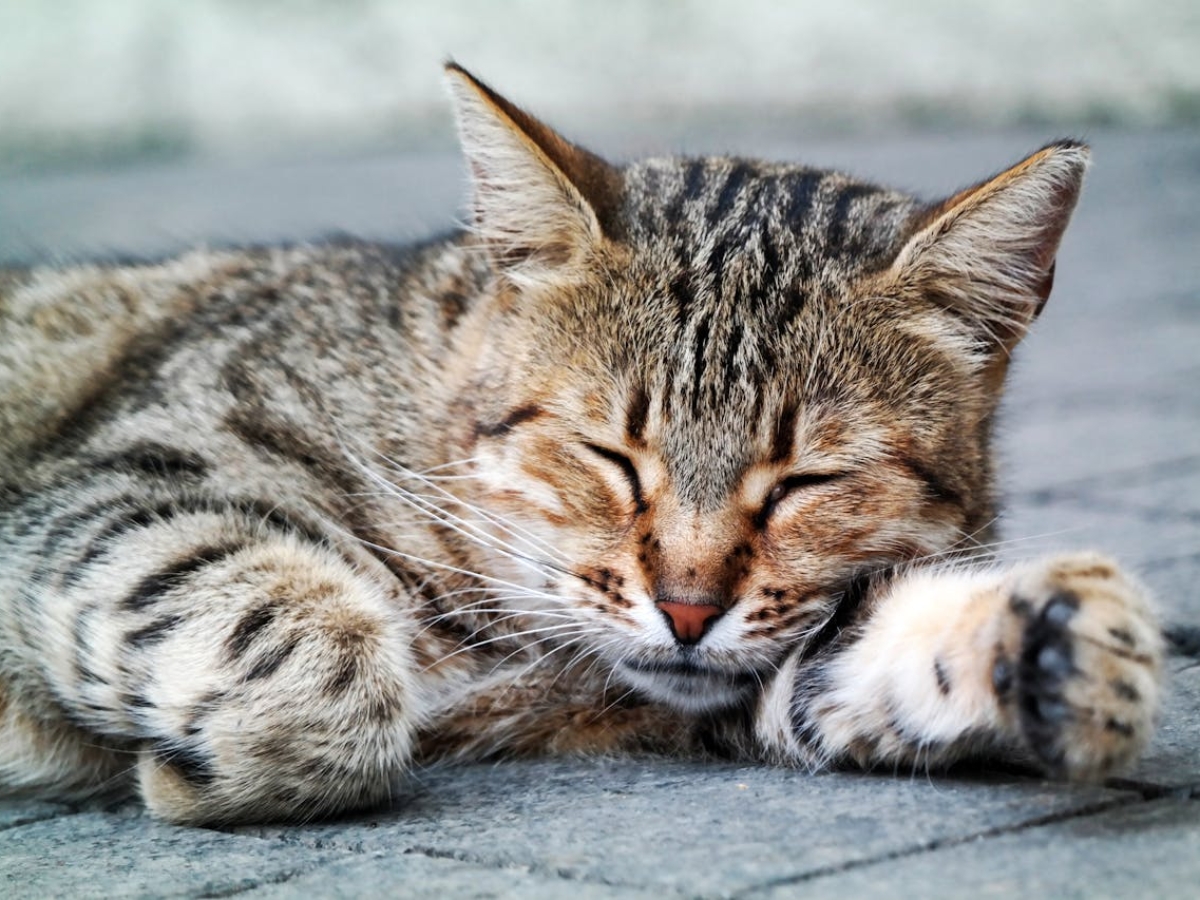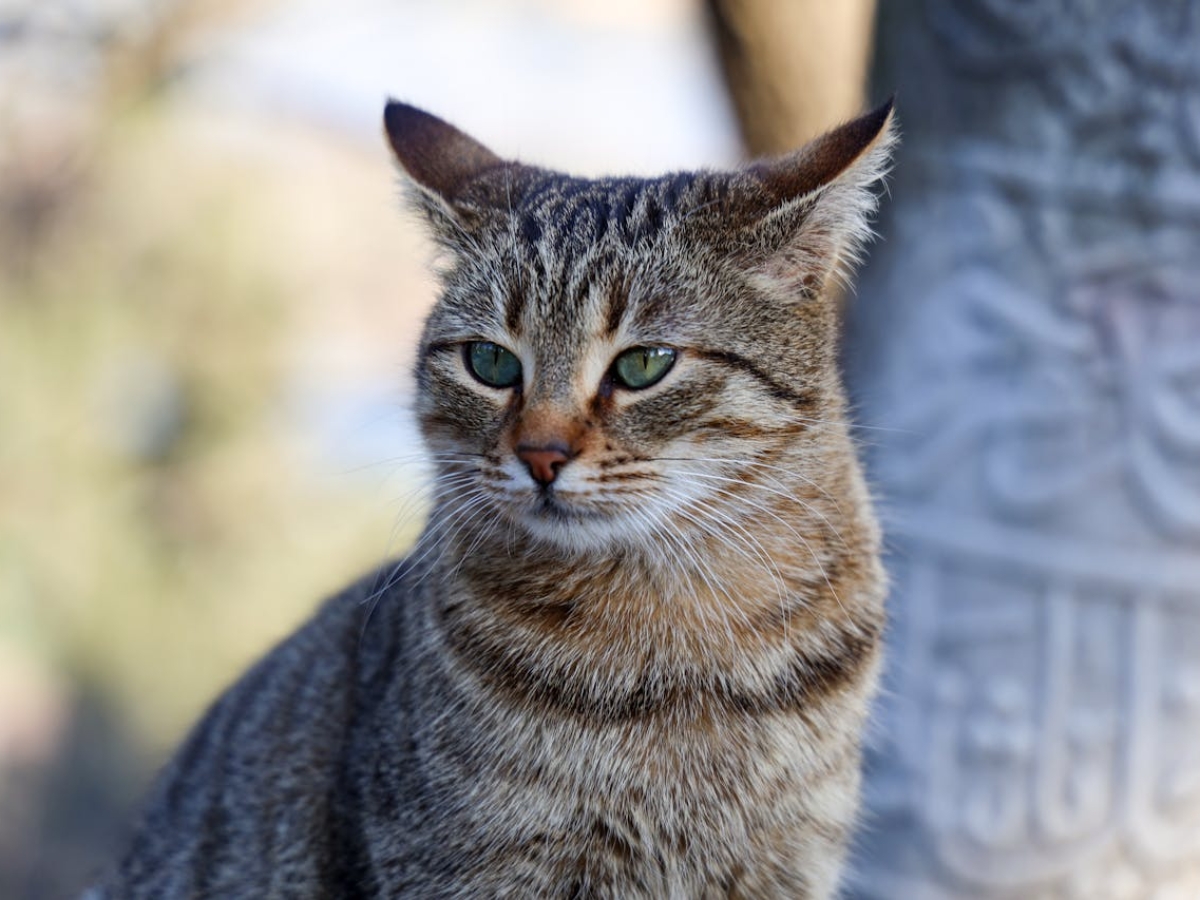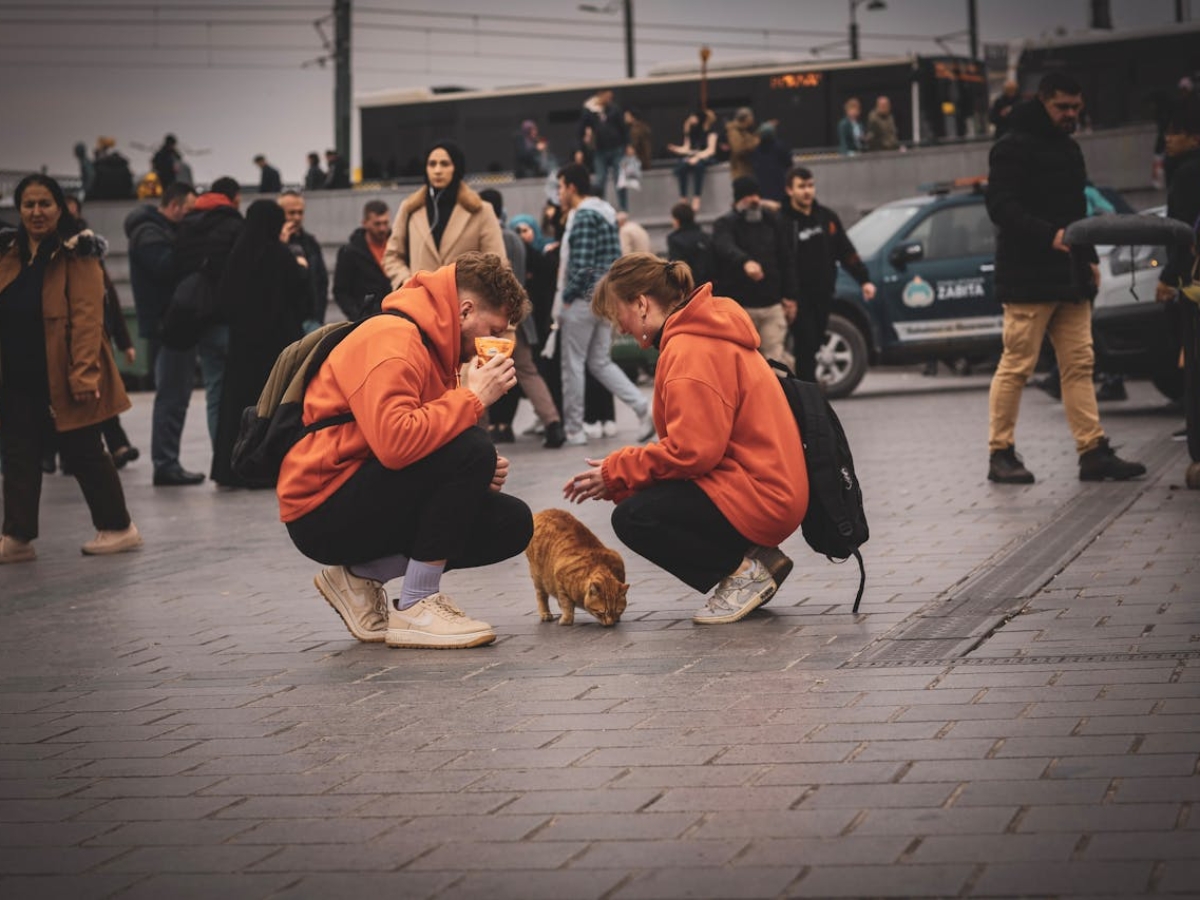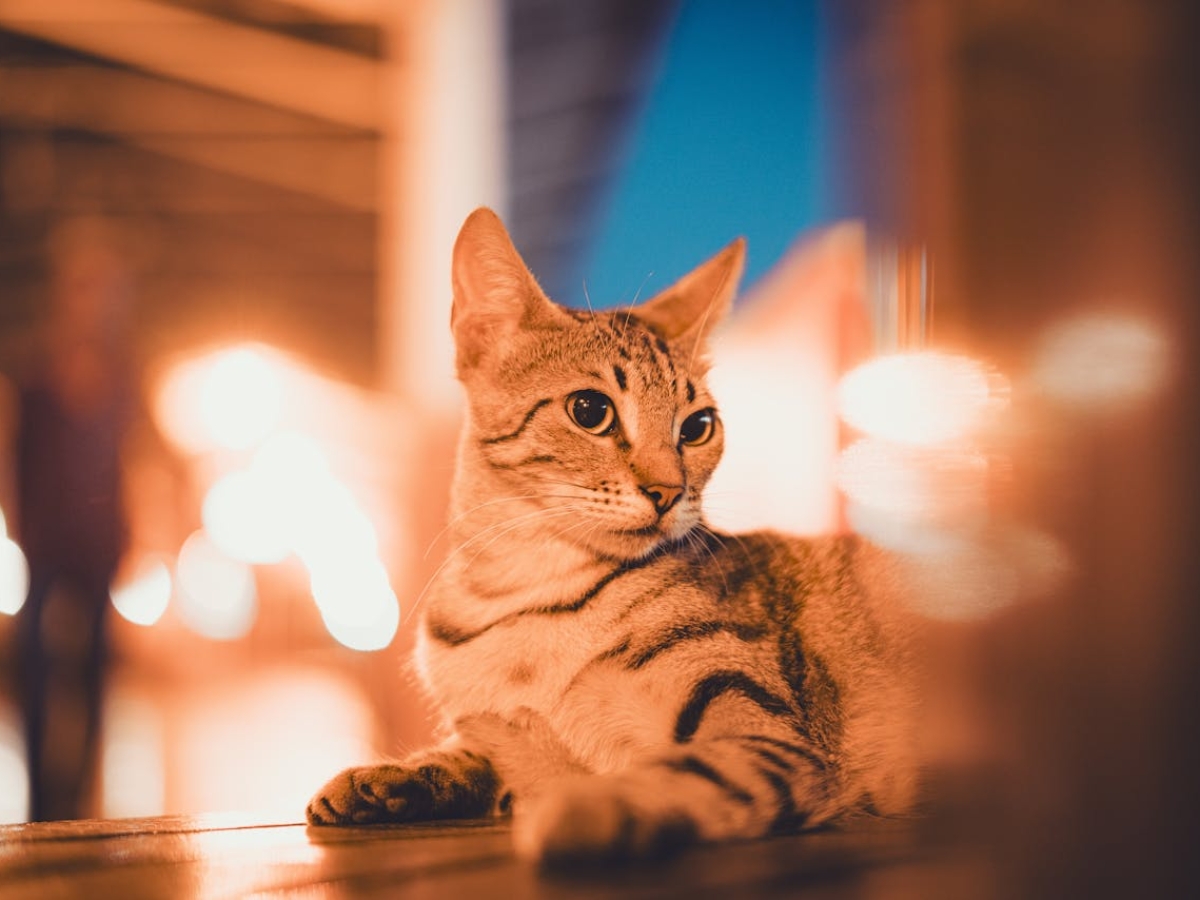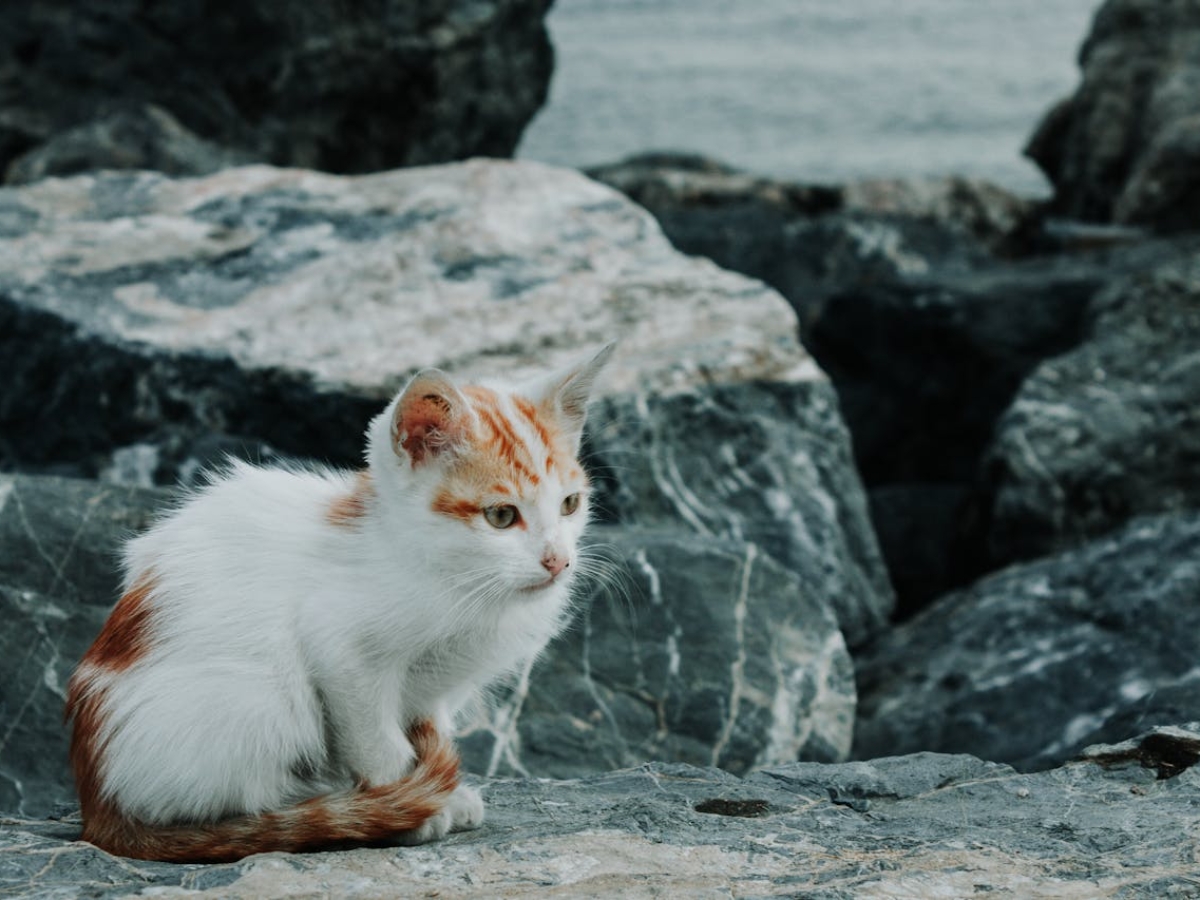Istanbul is uniquely situated at the crossroads of two continents, Europe and Asia, and serves as a vital link between the Mediterranean and the Black Sea. The city straddles the Bosporus, a narrow strait that connects the Black Sea to the Sea of Marmara, which in turn opens into the Mediterranean to the south. This strategic location has made Istanbul a cultural and geographic bridge between East and West for centuries. Its enchanting streets reflect a captivating blend of ancient traditions and contemporary life, offering a lifestyle where the past and present harmoniously coexist.
Often affectionately nicknamed “Catstanbul,” Istanbul is home to a vast population of cats that have wandered its storied streets for generations.
“Istanbul residents have a special relationship with their cats,” remarked the city’s mayor, Ekrem İmamoğlu, highlighting a bond that goes far beyond casual affection.
Feral cats are an everyday presence in this vibrant metropolis. Though estimates vary, it’s believed there are at least 100,000 stray cats in the city, with some claims suggesting the number could exceed one million. They can be seen lounging on park benches and flowerbeds, perched on walls or in front of restaurants, resting by the entrances of mosques, metro stations, ATMs, and local markets.
Rather than being shunned, these feline residents are welcomed and cared for. Locals often leave out small portions of food, affectionately known as “friendship food”, sometimes offered in lieu of change by street vendors.
Caring for stray cats is a long-standing tradition in Turkey, and Istanbulites take pride in their role as caretakers. Tourists, too, are charmed by these relaxed and photogenic companions, who graciously accept snacks and affection in exchange for a moment of calm, a purr, or a perfect picture.
The people of Istanbul have a deep affection for cats, a love often intertwined with Islamic tradition. In Islam, kindness to animals is seen as a virtue, and the presence of cats in the city is sometimes regarded as a subtle expression of faith.
Many myths and legends surround the Prophet Muhammad and his cat, Muezza. One well-known story tells of how Muhammad, preparing for prayer, found Muezza asleep on the sleeve of his robe. Rather than disturbing her, he carefully cut off the sleeve, allowing his cat to continue resting undisturbed.
Another beloved tale describes how Muezza once saved Muhammad from a poisonous viper. In gratitude, the Prophet stroked the cat’s back three times, which, according to legend, granted all cats their famed ability to land on their feet.
Although these stories do not appear in canonical hadiths or Islamic legal texts, they endure as cherished parts of Muslim folklore, reflecting a long-standing cultural reverence for cats throughout the Islamic world.
There is also a more practical reason behind the high number of cats in Turkey. As a major port city with hundreds of ships docking daily, Istanbul long served as an important maritime hub. Sailors relied on cats to protect their food stores from rodents during long voyages. Often, they brought several cats aboard, sometimes one, sometimes ten. Over time, some of these feline shipmates disembarked, wandered the city’s streets, and never returned to their ships.
The abundance of cats in Istanbul is not merely a historical coincidence, but rather the result of a long-standing and mutually beneficial relationship between humans and animals. Whether strays or beloved pets, these cats have become an inseparable part of the city’s character. They add a living, breathing richness to Istanbul’s cultural fabric, embodying both its heritage and its enduring charm.
The historical presence of cats in Istanbul dates back to the time of the Ottoman Empire. Back then, most homes in the city were constructed from wood, creating ideal hiding places for mice and rats. This abundance of vermin made the presence of cats not just welcome, but essential. These feline guardians protected households by safeguarding food supplies and preserving precious possessions from the threat of pests.
But cats didn’t just defend physical goods, they also played an important role in protecting the cultural heritage of the time. Long before the invention of modern printing technologies, they helped shield rare manuscripts and valuable documents from rodent damage. In their quiet, watchful way, cats contributed to the preservation of Istanbul’s literary and historical legacy, securing their place as protectors not only of homes, but of culture itself.
The historical bond between cats and Islamic societies is both rich and distinctive. A striking example can be found in a 19th-century account by American poet Bayard Taylor, who was astonished by a hospital in Syria where cats roamed freely. These animals were not only welcomed but actively cared for, thanks to funding from a waqf, a charitable endowment that covered everything from food and veterinary care to the janitor’s wages.
This compassionate treatment stood in stark contrast to how cats were perceived in much of Europe during the same period, where they were often maligned, exterminated by papal decree, or even consumed as food.
In Islamic societies, cats were valued not only for their role in protecting granaries and food stores from pests, but also for their silent service in preserving knowledge. In paper-based Arab-Islamic cultures, cats played a vital role in safeguarding manuscripts and books by keeping rodents at bay. Their importance was such that they are frequently depicted in artwork alongside scholars and bibliophiles, underscoring their place as guardians of both nourishment and knowledge.
In Islamic lore, cats are celebrated for their cleanliness and are considered ritually clean. This recognition allows them to enter homes and even mosques, including the cherished Masjid al-Haram. Food taken from cats is considered halal, which means that eating it does not make it unlawful for Muslims to consume. In addition, water from which cats have drunk is permitted for wudu, the ritual ablution that Muslims perform before prayer.
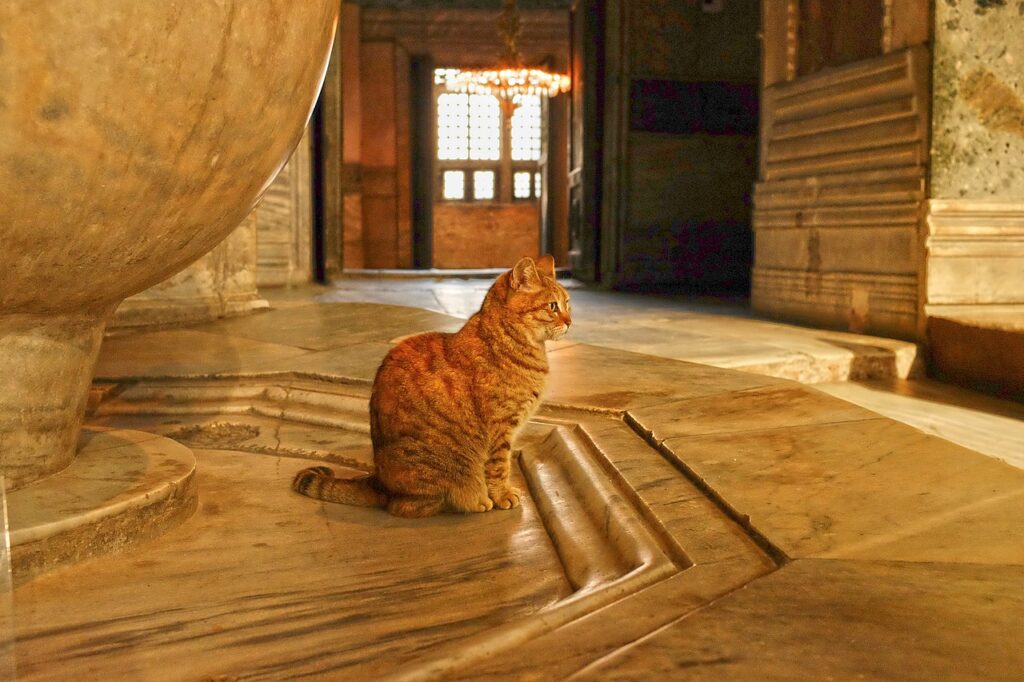
Hagia Sophia, renowned for its rich history and stunning architecture, was not only a repository of historical treasures but also home to a beloved feline resident named Gli. A Turkish-European Shorthair, Gli became an iconic figure in Istanbul, distinguished by her gentle nature and memorable presence amidst the grandeur of Hagia Sophia. Born in 2004 to a cat named Sofia, with siblings Pati and Kizim, Gli spent her entire life within this storied monument.
Gli’s unique charm and accessible demeanor endeared her to locals and tourists alike. She became internationally recognized when Hagia Sophia was reopened for worship in 2020, drawing even greater attention as an internet sensation and amassing over 118,000 Instagram followers on her dedicated account, @hagiasophiacat.
Her legend grew when world leaders, including Barack Obama and Recep Tayyip Erdoğan, were photographed petting her during their visits, further cementing her status as a symbol of the site. Gli had one kitten, a jet-black cat named Karakiz, continuing her quiet legacy within Hagia Sophia.
After passing away in 2020 following veterinary care in Levent, Istanbul, Gli was laid to rest in the gardens of Hagia Sophia, the very place where she had become an inseparable part of its history and spirit. Her memory endures, capturing the hearts of those who continue to celebrate the cultural tapestry of Istanbul.
Mediafiles
Сергей Crab Lens Emrah Nas Hkn clk Cihat Dede yavuz gündüz serhat erdogan Onur Esra Erdoğdu Şahin Sezer Dinçer Emir KANDİL fahri tokcan Mahmut ……. Serhat Aktepe Samet Çolakoğlu Rasul Yarichev Tolga Erbay Ege Gür Adel KRIM Kaan Keskin Safa Hovinen Sururi Ballıdağ Director
If our work has inspired you, helped you grow, or simply brought a little warmth to your day, consider supporting Thalysia.com with a small donation. Your contribution helps us continue exploring ancient landscapes, documenting local traditions, and celebrating the art of living well.
